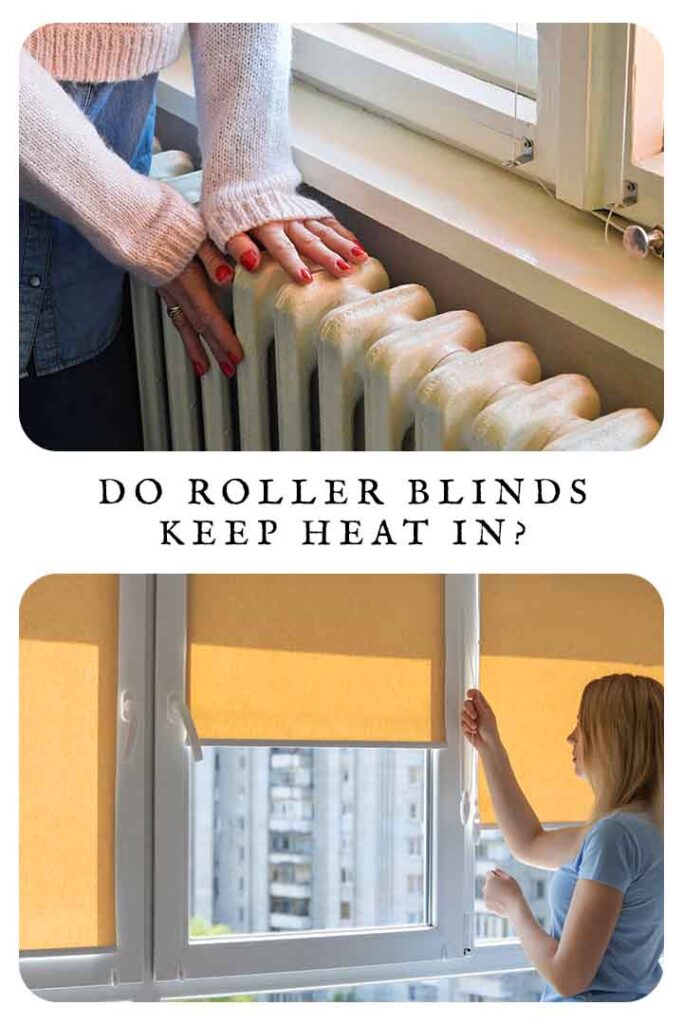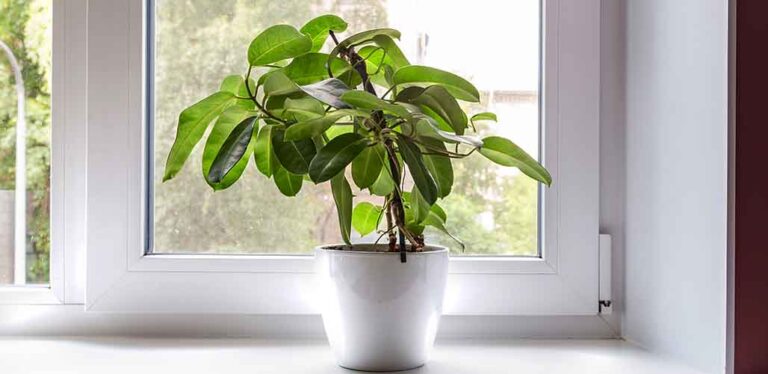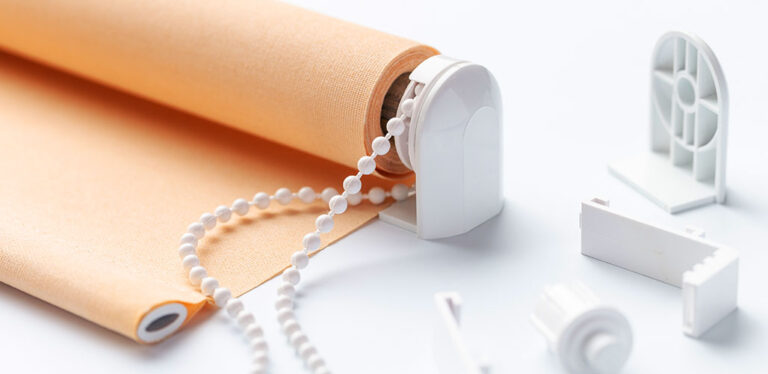Do Roller Blinds Keep Heat In?
Do roller blinds keep heat in effectively, or are they like wearing a t-shirt in a snowstorm? Since they’re among the most readily affordable window treatments, I wanted to find out if installing roller blinds can achieve real savings on heating costs. Thermal insulation tests have shown that roller blinds can indeed be effective at keeping heat in. And I’ve learned that to achieve the best results, it helps to know exactly what features you’re looking for, and how alternative window treatments compare.
Contents
Do roller blinds keep heat in?
Our homes have the potential to lose a lot of heat through their windows. Depending on the age and construction of your home, up to 20% of your annual heating bill can be comprised of replacing heat lost through the windows. If you’re trying to keep your energy bill down to a minimum, then well-chosen window treatments have the potential to be an economical way to trap heat and save money.
Today we’re going to get into how effective roller blinds, in particular, are at keeping heat in. We’ll also look at:
- Which types of roller blinds are most effective.
- How they compare with other window treatments.
- The best ways to install them for optimum heat control.
So, if you’re tired of being freezing in your home, keep on reading!
Will roller blinds keep the heat in?
In short, yes, blinds and window coverings, in general, will keep the heat of your home in. Bare windows, especially those that are old, wooden-framed, or single-pane, lose a huge amount of heat. One of the easiest ways to enhance their insulation is to add some form of blind or covering.

Roller blinds, in particular, are a fantastic way to keep your home warm without breaking the bank, as they are not only cost-effective, but they can prevent a lot of your wanted heat from escaping out the window. In one study of single pane windows in Scotland, opaque roller blinds reduced heat loss by 22%, rising to 28% if they had a reflective coating on the back. In fact, they were more effective than curtains at keeping heat inside – perhaps because a well measured and fitted roller blind is a snugger fit than a pair of curtains, with fewer gaps for heat leakage.
How roller blinds control the heat
Roller blinds work to control the heat in your home by creating a barrier between the warm inside air and the cold, bare windows. The air trapped between the window and the blind acts as a form of insulation – like the layer of air trapped between your skin and a sweater.
Now, trapping the heat in during winter is pretty impressive, but you’ll be even more pleased to hear that roller blinds can keep heat out in summer too, minimizing the need for air conditioning. This is because that insulating sandwich of air they create works in both directions. So you’ll have optimum thermal regulation all year round.
To trap in as much heat as possible in winter, you should raise the blinds throughout the day to allow the natural sunlight to flow in and warm the house. Then, when sunset comes around, you should lower your blinds to retain the heat. By opening and closing your blinds in this way, your heating system won’t need to work too hard to keep your house at your desired temperature, ultimately saving you money on your heating bill.
In summer, when you want your house to be cool, you should keep your blinds closed during the day to stop the heat from outdoors from making its way inside. You’ll notice a huge difference in the temperature of the room, and you may even find that you don’t need to use any fans or air conditioning units at all.
What type of blinds will keep the most heat in?
There are so many different types of blinds on the market, and some are more effective at keeping the heat in than others. If you’re purchasing new blinds for your home and thermal regulation is a priority, then look out for blinds in the following materials and styles:
- Roman blinds
- Roller blinds
- Roller blinds with thermal lining
- Real wood or faux wood Venetian blinds
Roman Blinds
Roman blinds are some of the best blinds for keeping the heat in. This is because:
- their construction requires them to have at least two layers of fabric,
- since they have two layers of fabric anyway, it’s easy to conceal a third layer of warm-trapping interlining between them
- and they tend to be made in heavy materials, which trap heat better.
Another thing that makes roman blinds a top choice is the fact that the fabric is one solid piece meaning that air can’t escape through any gaps or slats as it would with Venetian blinds, for example. If you really want to go the extra mile, then look out for roman blinds with a thermal blackout lining, as these will provide you with the most optimum insulation possible.
Roller blinds
Even sheer roller blinds in synthetic materials like polyester can reduce heat loss through a window by up to 5%. This isn’t much by itself, but it’s not nothing. It can be enough to take the edge off a room which only gets a little too cold in the evenings. And it can be a valuable addition to the insulation from other treatments such as curtains or drapes.
Roller blinds’ heat-trapping efficiency can be increased to more than 20% by using heavier materials, such as cotton or linen. But the most effective roller blinds of all have a thermal lining.
Roller blinds with thermal lining
Thermal roller blinds have a paper-thin reflective coating on their reverse, which makes them more efficient at trapping warm air in, and also reflecting the sun’s glare back out during summer months. They can reduce heat loss from a single-pane window by nearly 30%. Paying a little extra for thermal roller blinds is a smart investment if you don’t want to add further window treatments like curtains or drapes.
Real wood or faux wood Venetian blinds
I know we said Venetian blinds have gaps that allow air through, and although this is true, real wood or faux wood Venetian blinds are both extremely thick and serve as amazing insulators. They aren’t as insulating as roman or roller blinds with thermal linings because their slats and gaps leak air rather than trapping it efficiently against the window. However, they’re a great option if you’re after that beautiful wooden aesthetic, and if you have drapes as well.
How to fit your blinds for optimum heat control
If you didn’t already know, you can install your blinds in one of two ways. The first way is by fitting the blind bracket inside the window frame (recessed), and the second way is to fit the blind over the entire window. Installing your blind inside the window frame will prevent more warm air from escaping in winter and vice versa in summer. If you’re going with the interior mounting system, be sure to accurately measure and fit your blinds, as too-small blinds will create gaps that allow heat to ‘leak’ around the edges.
Summary: Do roller blinds keep heat in?
Roller blinds – even sheer ones – are a surprisingly effective way to keep heat in. If you’ve been thinking about switching out your blinds to become more energy efficient, then now is the time to do so. If you don’t have the budget to change out the blinds in your entire home, then focus on the rooms that receive the most traffic, like your bedroom and lounge room. For maximum benefit, layer roller blinds with other window treatments, such as external shutters and curtains or drapes. The cumulative effect will dramatically reduce heat loss through your windows, and reduce how much you have to pay to replace that heat.
Have you been surprised by the insulating properties of roller blinds?
Tell us what kind of blinds you’ve got, and whether they’re coupled with any other window treatments. Have you been able to feel a difference, and most importantly, have you seen a difference in your energy bills?
More on roller blinds
References
- Baker. Improving the thermal performance of traditional windows. 2008.
- Zhong et al. Comprehensive evaluation of energy and indoor-PM2.5-exposure performance of residential window and roller blind control strategies. Energy and Buildings. 2020.
- Nicol. The thermal effectiveness of various types of window coverings. Energy and Buildings. 1986.



